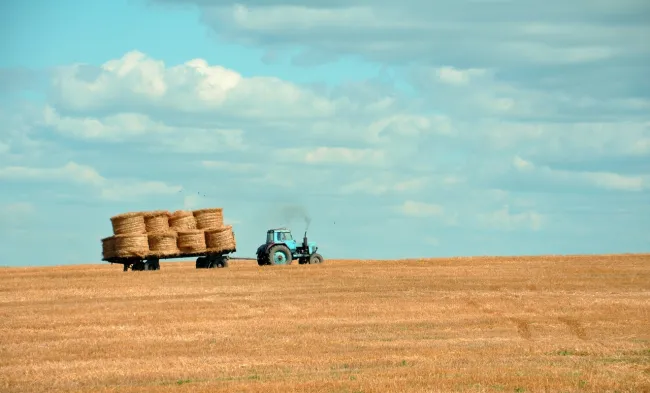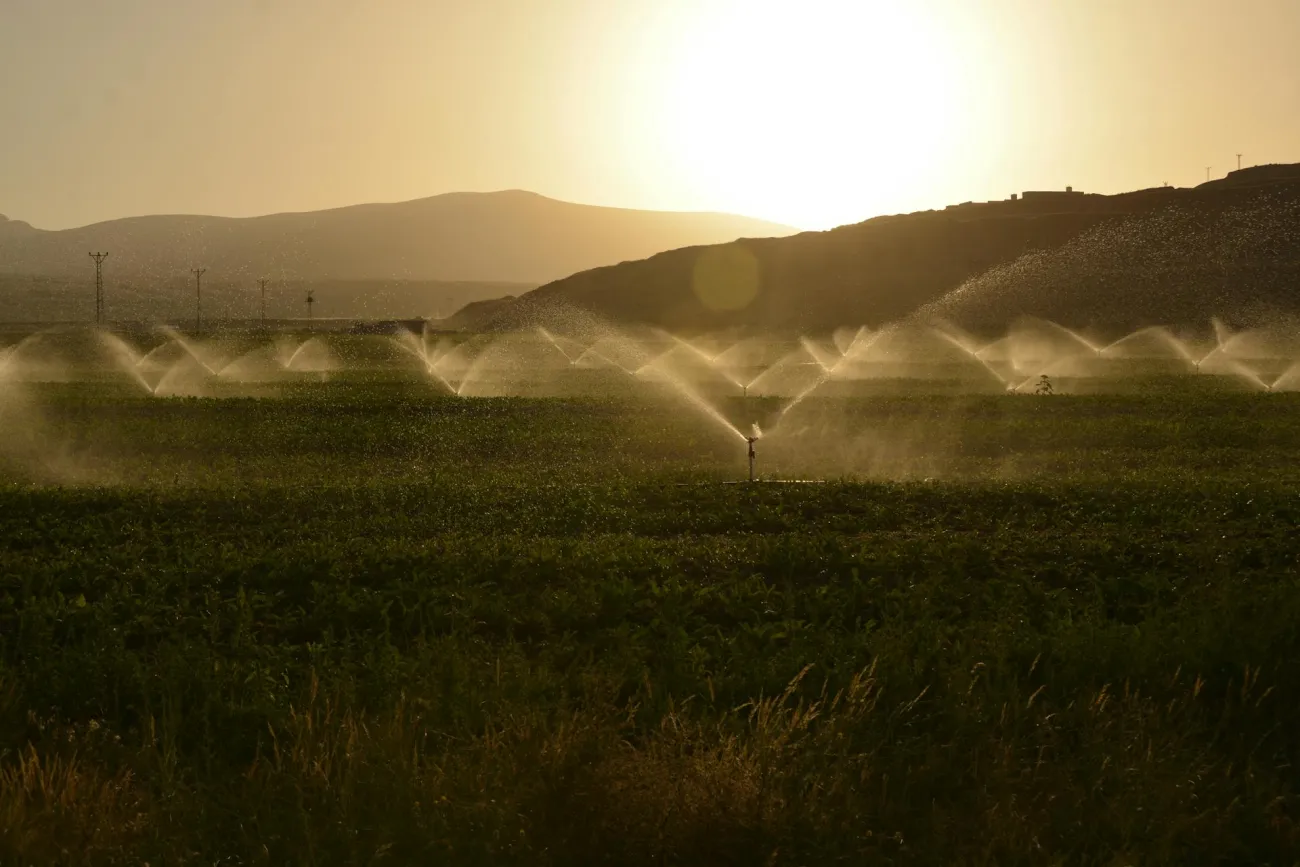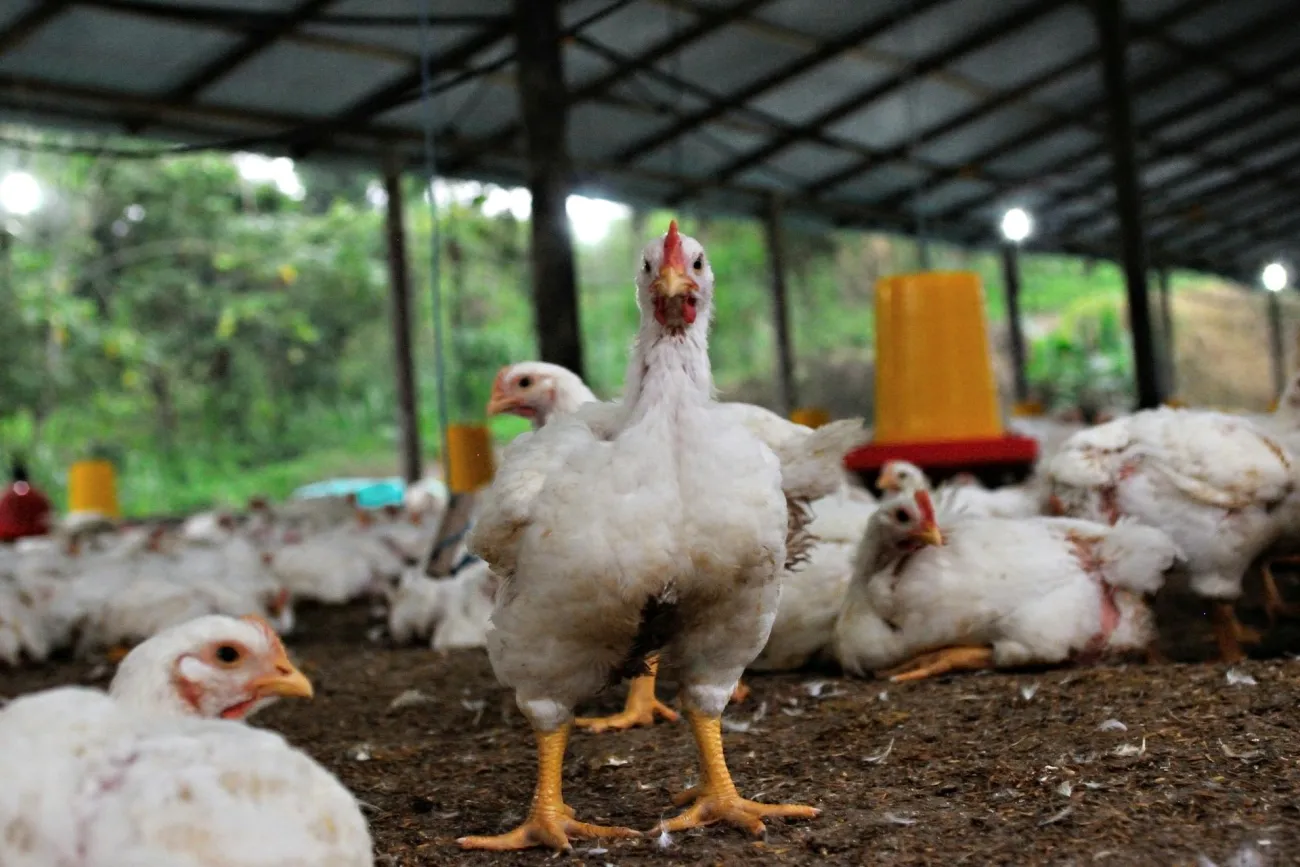The Colorado river supplies tens of millions of people and millions of acres of farmland with water, but its supply is shrinking. Investigations by ProPublica reveal that 20 families use the majority of water consumed by farmers and more than some entire states.

Summary
Drought, climate change and increased farming have put increasing pressure on the Colorado river in recent decades, leading to frequent draw down from reservoirs to meet demand and, in recent years, policies to cut usage. California’s Imperial Irrigation District, established in 1911, has the earliest and by far largest claim to the river’s usage. In recent years the government has considered paying more than half a billion dollars to the irrigation district and its farmers to use less water. The district that distributes the water to farmers gets it for free from the U.S. and charges growers only $20 for an acre-foot of water (One acre-foot is about 326,000 gallons). Farmers are getting access to enormous amounts of very cheap water from a shrinking river that is also key to supplying water to many municipal regions.
Presently, the majority of the water consumed by farms goes to members of just 20 extended families (of 300 families farming in the area). These families use 15% of all the water that flows through their section of the Colorado river. One family, the Abattis, used 260,000 acre-feet, which is more water than the entire Las Vegas metropolitan area uses.
Whilst the district emphasises that farmers are supporting the demand for vegetables in the US, ProPublica found only a few families that used the majority of their water for growing food for people to eat. The majority of the water is used to grow hay to feed to livestock, both locally and through the export market. Critics have argued that the district should pay for its water usage in the same way that municipalities do and that shipping hay to feed other nations’ livestock is comparable to selling water from urban areas that desperately need it.
The water allocation for over a century has been based on the fact that there will be 17.5 million acre-feet of water in the Colorado River each year. In reality, the quantity has never been that high and the effects of climate change are rapidly reducing yearly flow. The Imperial Irrigation District announced recently that the agency now takes 500,000 acre-feet of water less than its legally entitled share from the river (a reduction of 28% compared with its 3.1 million licence). These savings to water usage came from updating antiquated canal systems and through paying for farmers to use less water. The district pays farmers to conserve water by installing sprinklers and other equipment which are a more efficient alternative to opening a canal gate and flooding a field. ProPublica estimated that without these water-saving measures, the Abattis, for example, would have used another 30,000 acre-feet of water in 2022. These reductions are transferred to urban and suburban areas, which pay the irrigation district for the water.
Reference
Lash, N. and Wilson, J. (2023). ‘The 20 Farming Families Who Use More Water From the Colorado River Than Some Western States’, ProPublica. 9th November 2023
Read the full article here




Comments (0)